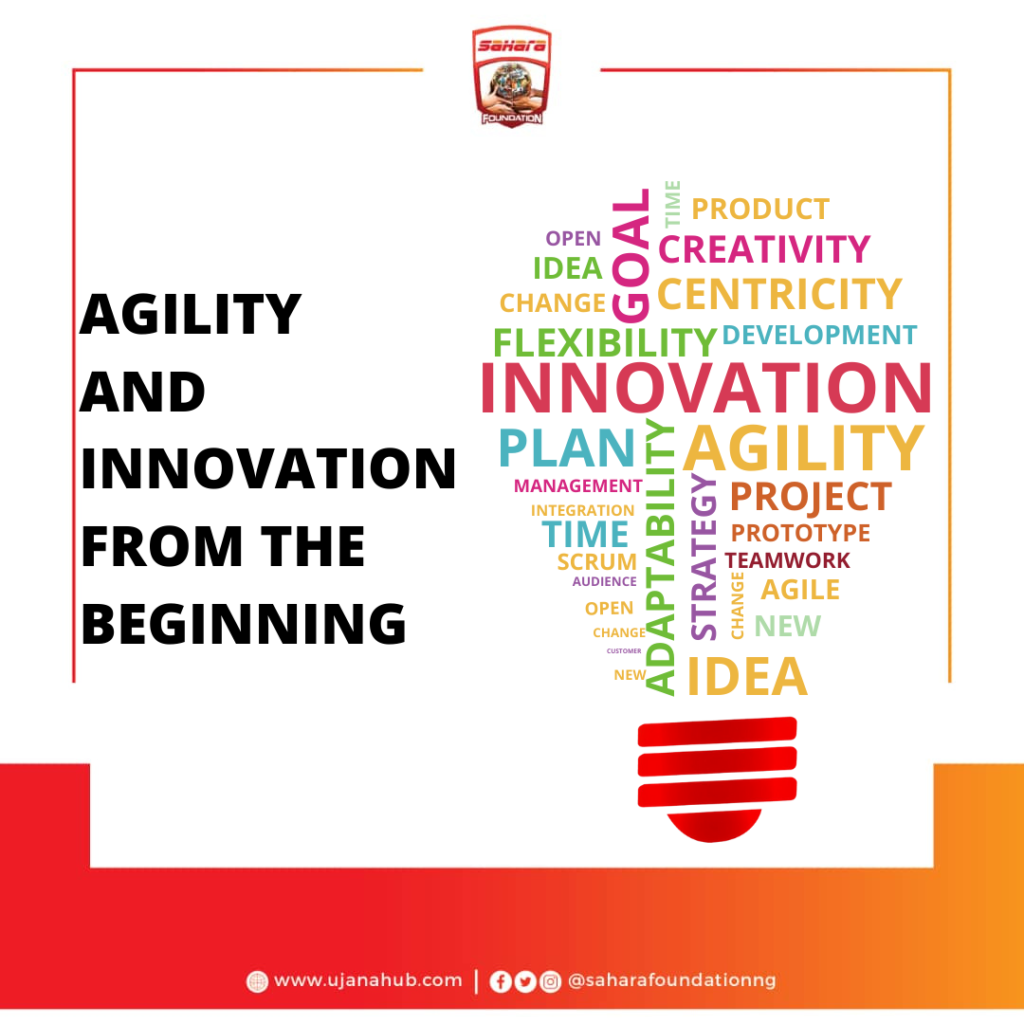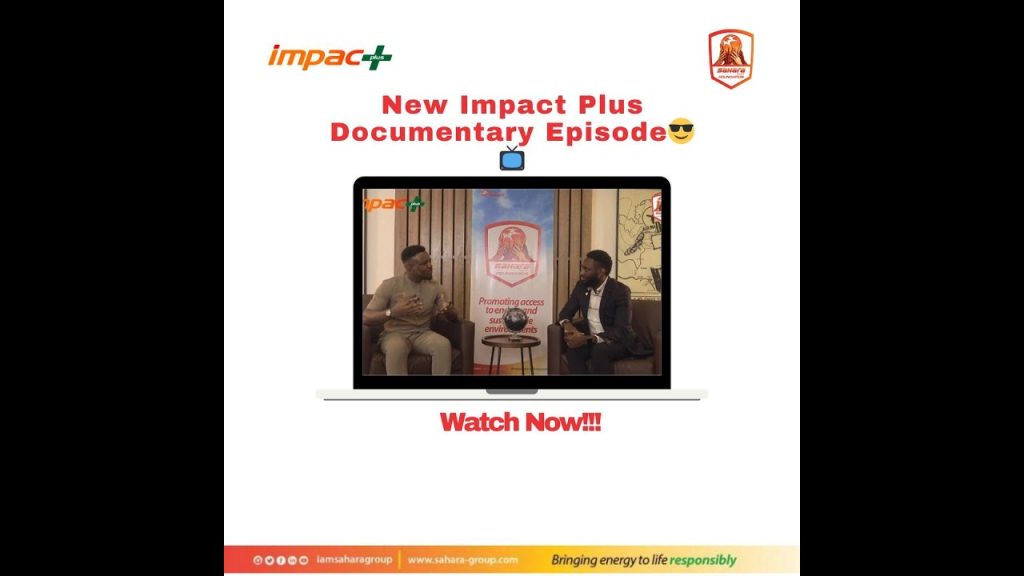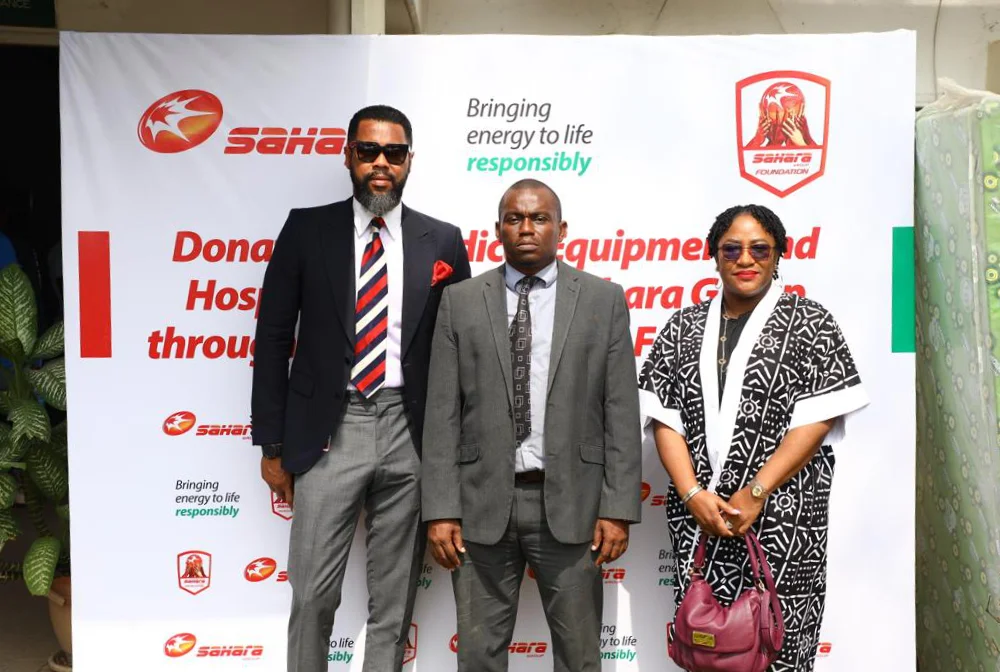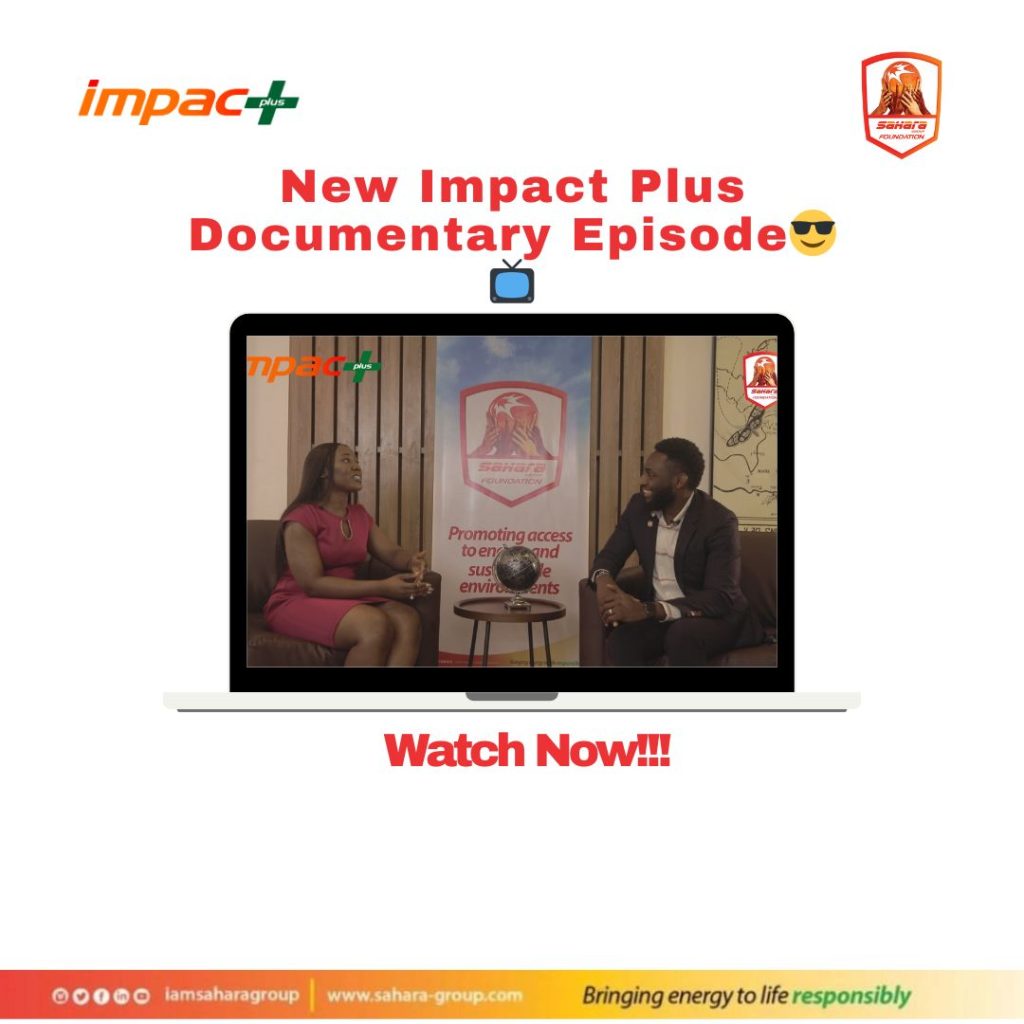Agility and Innovation are inseparable twins with the goal of delivering differentiating and customer obsessed business outcomes. They require demonstration of key concepts, mechanisms and traits that the most disruptive organizations do seemingly on autopilot. Historically, Agility and Innovation have been thought of as something that software developers do. However, it is the entire organization that must embrace these practices for them to be truly effective.
AGILITY & INNOVATION
AGILITY
Agility is an organization’s ability to sense and respond to change quickly and confidently, no matter if it is at the level of the financial investment, large solution delivery or the products individual teams deliver.
The term ‘agility’ is often used inconsistently in literature and in the professional context. If one focuses on current practice, three essential aspects that define agility emerge:
1. Fast adaptability: companies react quickly and dynamically to changes and are able to quickly adapt processes to exploit emerging market potentials without delay. They do not act reactively, but proactively, anticipatively and proactively in order to carry out necessary adjustments. The exchange with and learning from business partners promotes rapid reaction to market changes.
2. Customer centricity: increased collaboration with the customer enables companies to react quickly and anticipatively to customer wishes and to quickly transform customer reactions and voices into market knowledge. The agile approach is characterized above all by short cycles and iterations, progress in small steps and the possibility to react selectively and quickly to customer wishes.
3. Agile attitude: An “agile mind-set” in companies leads to changes in the behavior and working methods of the members of the organization. Agile leadership, for example, involves an employee-centered understanding of leadership, is less hierarchical, but does not mean less leadership. Together with an agile corporate culture, agile personnel leadership tools create the framework for working independently of time and place, which increasingly takes place in networks and on digital platforms. Companies also rely on agile working methods such as Scrum and Design Thinking in order to arrive at innovative solutions faster.
Agility can thus be understood as a high form of adaptability to market changes and customer needs, supported by a flexible agile organizational structure.
INNOVATION
Innovation is the creation, development and implementation of a new product, process or service, with the aim of improving efficiency, effectiveness or competitive advantage.
In the rise of entrepreneurship, and with so many businesses crowding the market place, your business goal must create something new; something that addresses an unaddressed issue.
The term ‘new’ doesn’t compulsorily mean a concept created from the scratch, which has never been seen in the market sphere. It could be founded on pre-existing ideas, and enhanced to fix an unaddressed issue.
Some describe innovation as building new things they HOPE their customers will want, while the most disruptive organizations build things that they largely KNOW their customers will want.
KEY CATEGORIES OF AGILITY AND INNOVATION
These are on a high level, 4 key categories of Agility and Innovation that have proven successful for the most disruptive organizations.
- Customer Centricity
Customer Centricity is first and foremost a mind-set that Agile and Innovative organizations embrace. The customer shouldn’t be someone we throw features at in hopes that they like our solutions. Customers have real problems and are willing to pay for the right solution to solve them. They are willing to partner with us to help us understand their problems and work with us to create the best solution. If we are obsessed with our customers, deeply understanding them and their problems, we will build lifetime repeat customers.
- Agile Product Management
Many organizations are moving from a project centric operating model to a product centric operating model. In a product centric operating model, business outcomes are delivered through long-lived assets called products. Products are supported by dedicated teams that include product managers, designers and developers that own the delivery of features that satisfy objectives and key results. Regardless if the products are physical products or software assets, in the cloud or on premises, when dedicated product teams understand the organization’s vision, are tasked with delivering business outcomes and have the autonomy to be innovative, they are empowered to and will create products that customers love.
- Lean Portfolio Management
Traditional portfolio management with annual or multi-year funding and planning is too rigid for the speed at which markets move today and is undergoing a significant shift in many organizations. The ideas of project cost accounting, cost centers and the like are being replaced with lean ways of working, including lean strategic and investment funding, agile portfolio operations and lean governance. These methods allow organizations to sense and respond to change quickly and confidently and allow budgets to be more fluid, while providing the levels of governance our finance partners expect. With Lean Portfolio Management, strategy can be connected to execution so teams can be empowered to innovate and quickly respond to the needs of the market.
- Hire for Culture: Change it with Rituals, Artefacts, Stories and Values
Everyone has heard the age-old phrase “Culture eats strategy for breakfast”. But changing culture is not easy, so how can we do it? We can start by defining the culture we want. We can then change our hiring practices to recruit people that will embrace and thrive in our culture. If we want people in our organization that have key traits like being customer obsessed and lifelong learners, we need to utilize key interviewing mechanisms to ensure we do not hire individuals who lack those traits. Hiring and labour costs are the single largest expense for an organization, and bringing in an individual that is a culture mismatch is detrimental to the people we employ and the stakeholders we serve. After we define what we want the culture to be, and bring in the right individuals, we can then begin to identify rituals, artefacts, stories and values that support that new culture, and with the help of leadership, start the cultural transformation.
THE ‘AGIL’ SCHEME
The concept of agility has existed since the 1950s in the systems theory of organizations. The so-called AGIL scheme was developed by sociologist Talcott Parsons and is based on four functions that each system must fulfil in order to maintain its existence:
a. Ability to respond to changing external conditions.
b. Goal Attainment (target tracking): Ability to define and pursue goals.
c. Integration (incorporation): Ability to link the various elements of a system (cohesion) and to ensure cohesion (inclusion).
d. Latency (perpetuation): Ability to maintain basic structures and value patterns.
AGILITY AND INNOVATION MANAGEMENT
Agile Innovation Management is particularly advantageous when, for example, less predictable phases in the innovation process, such as concept or prototype development, require special adaptability and one wants to react quickly to changing customer requirements and technological change.
Agility is particularly important in the development of business model innovations, as the complexity and degree of novelty are very high here, while the predictability is low. Agile methods are also suitable for breakthrough innovations and for conquering new markets or industries.
For a consistent orientation of innovation management towards agile principles, the following aspects in particular are of high relevance:
1. Adaptability: planning a project and implementing with strict accordance to the plan is in many cases no longer the best way to success. Requirements are spontaneously dynamic and challenges are inevitable. With an agile innovation approach, however, adaptations are not a problem. Because, it is no longer just a matter of reacting to changing external requirements, but of being adaptable at every stage of the innovation process, and thus actively acting. With flexible innovation processes and a corporate culture that promotes adaptability, companies can successfully meet new challenges.
2. Openness: Agile working entails supplementing rigid processes with flexible iterative loops and manageable subtasks. This is however, only possible if employees and teams can independently work, to react quickly to changes. To do this, open communication and individual task transparency is required, instead of hiding behind secrecy. Companies can therefore implement innovations faster and more efficiently if they handle them in an open participative manner.
3. Prototypes: Product improvements of software can be carried out simply by means of updates after the release. This is however; almost impossible for physical products after their launch. Nevertheless, this principle captures the development of innovations in product development by creating prototypes. Users try out unfinished versions, and send feedbacks, which is then used to make improvements that tailor the product perfectly to the customer’s needs. Prototypes do not always have to be functioning product samples; often a video or a sketch already helps to explain the basic functions of the new product.
This principle uses a “Do it. Adapt it. Perfect it. or “Build Measure Learn” theme.
4. Teamwork: With agile innovation, the boundaries between teams and departments or manufacturers and users are dissolved. The focus is not on competition, but on the joint achievement of a goal from which all participants benefit. This is not only about customer feedback, but about networking and knowledge exchange between companies, employees, stakeholders and customers – the entire ecosystem. Open innovation approaches development cooperation or incubator programs that have established themselves across industries are an expression of this principle.







